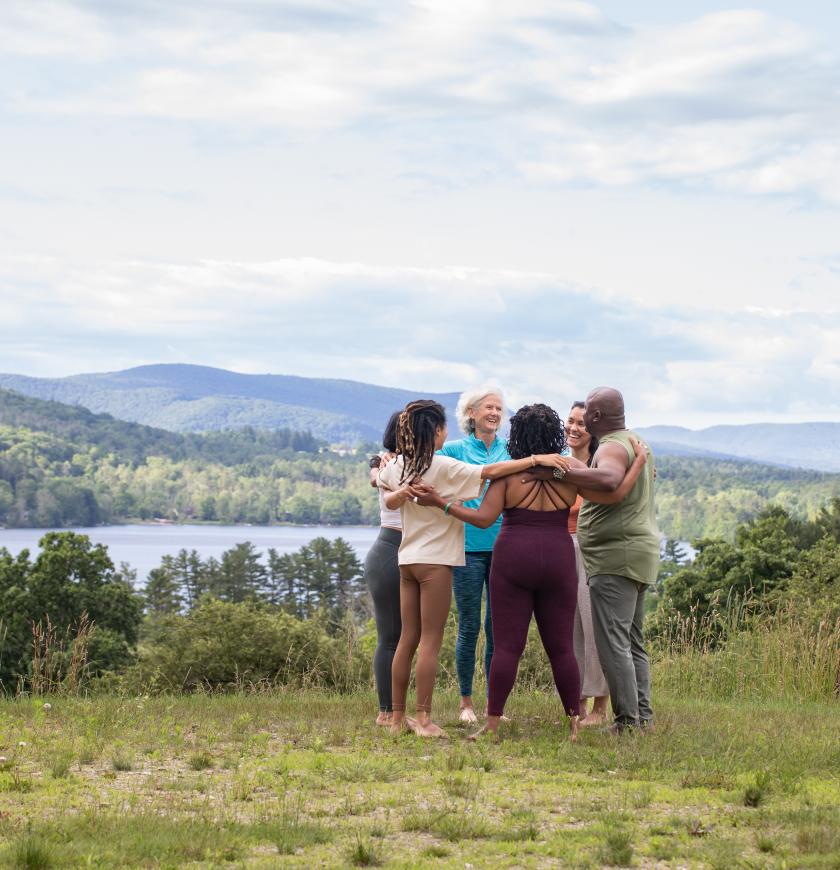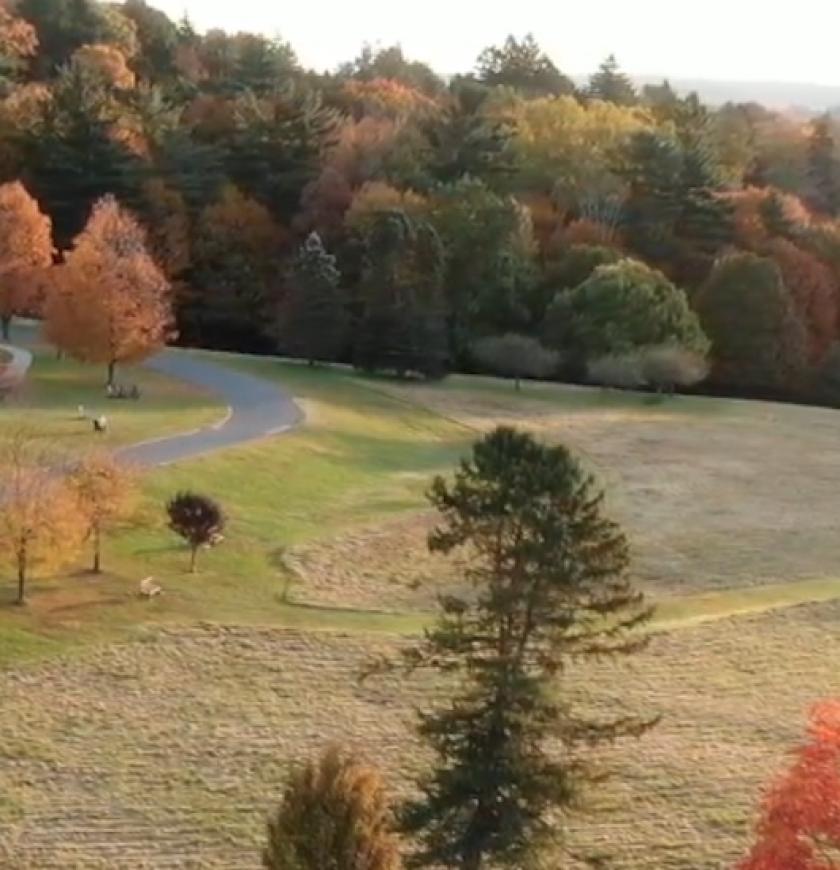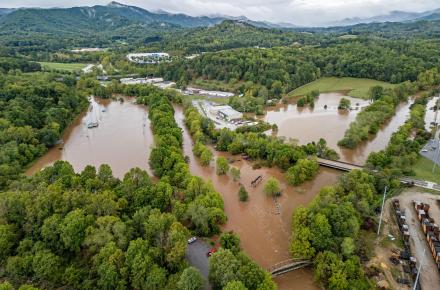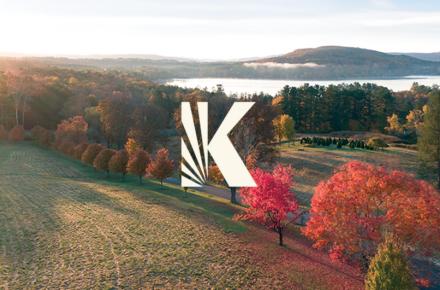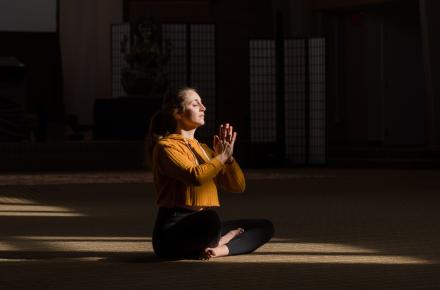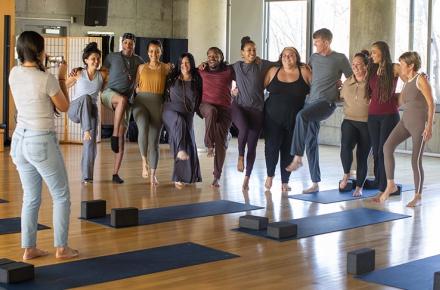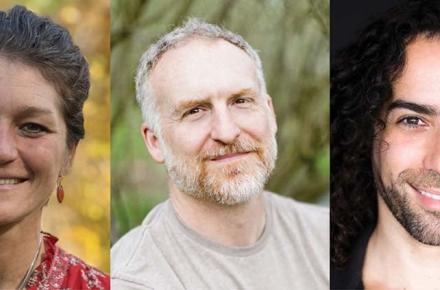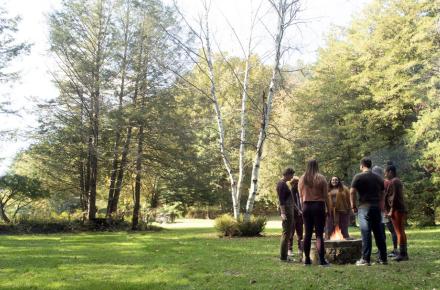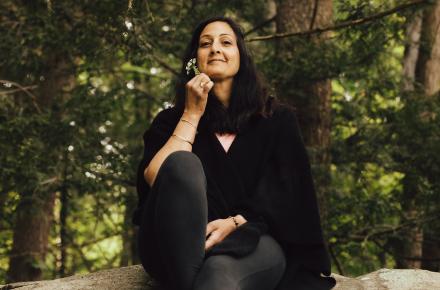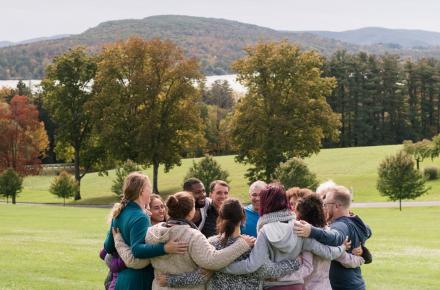It’s Written in Stone: Death as Part of Life

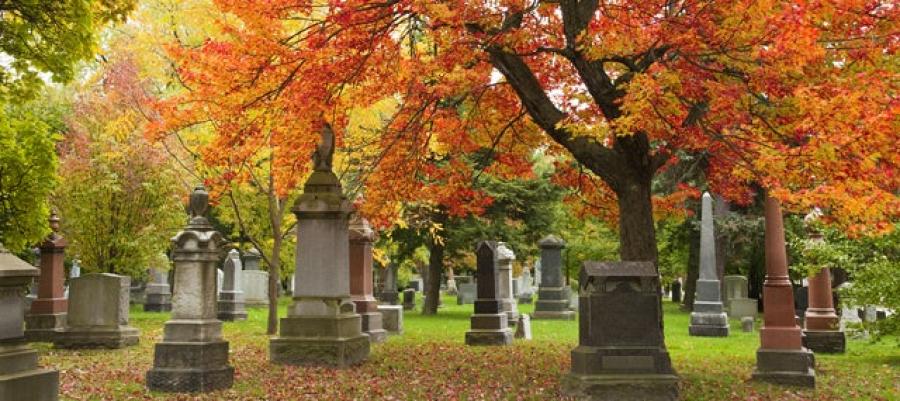
When I feel stuck at my writing table, I walk through the local cemetery. I stroll the length of a tree-lined path and read the stones for clues. It’s like eavesdropping—so many suggestions of stories in the engravings. There’s a hierarchy (big graves versus little graves). There are decorations and decay. The world becomes larger there. I’m not at the center, and this is both humbling and heartening.
I grew up with a cemetery in my yard (boulders and plaques for cremated relatives and pets) right next to a rusted basketball hoop. There were two horses, three dogs, the Kaplan relatives from my mother’s side, and some family friends I’d never met. As a bored kid missing baskets, I pictured intact bodies under there, mummy-like, old hands (or paws) folded beneath rotten gauze. I wanted to unearth secrets, imaginary or otherwise, and passed the time with self-inflicted ghost stories.
In college, I had a running route up steep hills of tombs. Once, a man played the flute to a broken stone as I ran by in spandex. The crew team used the course and, at times, this seemed disrespectful—so much vigor in the face of old bones. But I kept going back. It felt holy there, a place where term papers and dorm drama mattered less, both a key into another time and a gathering place for the living.
Now, when I walk graveside, I see famous epigraphs that generate guided tours in summer. I catch nouns that are names for girls: Hope, Patience, Faith. (Did they feel pressure to live up to these attributes?) I spot “wife of, daughter of” but rarely “husband of, son of.” I see tombstones extracted and lined flat like teeth where trees need to be cut down. “If her smile didn’t warm you, her cooking would,” says one. An ornamental disco ball shines in front of another. There are flags, pert roses, orange wreaths, and pebbles piled by visitors. I see living relatives already sketched in, a birth date followed by a dash on certain graves. Is this bad luck? Maybe it’s acceptance: death as part of life.
I wonder about the other way around, life as part of death. When my father died, someone wise told me, “You’ll think of him daily. Your memories will shift over the years, but your relationship with him will continue.” It helped to hear this and, eventually, to believe it. We exist in those who remember us. That said, our words and deeds can also be cherished as they occur, rather than after the fact. My walks reinforce this notion. It’s tough to demarcate the accumulative years; there’s only so much room on a stone. We might as well fill up all the space we can, day by day.
© Kripalu Center for Yoga & Health. All rights reserved. To request permission to reprint, please e-mail editor@kripalu.org.
